Clear skin is one of those things you don’t fully appreciate until you don’t have it—if you’ve ever struggled with cystic acne, hormonal acne, or chronic breakouts, I’m sure you know the feeling. Although I’ve talked about my skin journey in the past, I figured it was time to do a full post dedicated to how to get clear skin, including the products, treatments, and lifestyle changes that worked for me—and how I maintain it.
In today’s post I’m breaking down 9 tips for clear skin, sharing my story, and answering your FAQs.
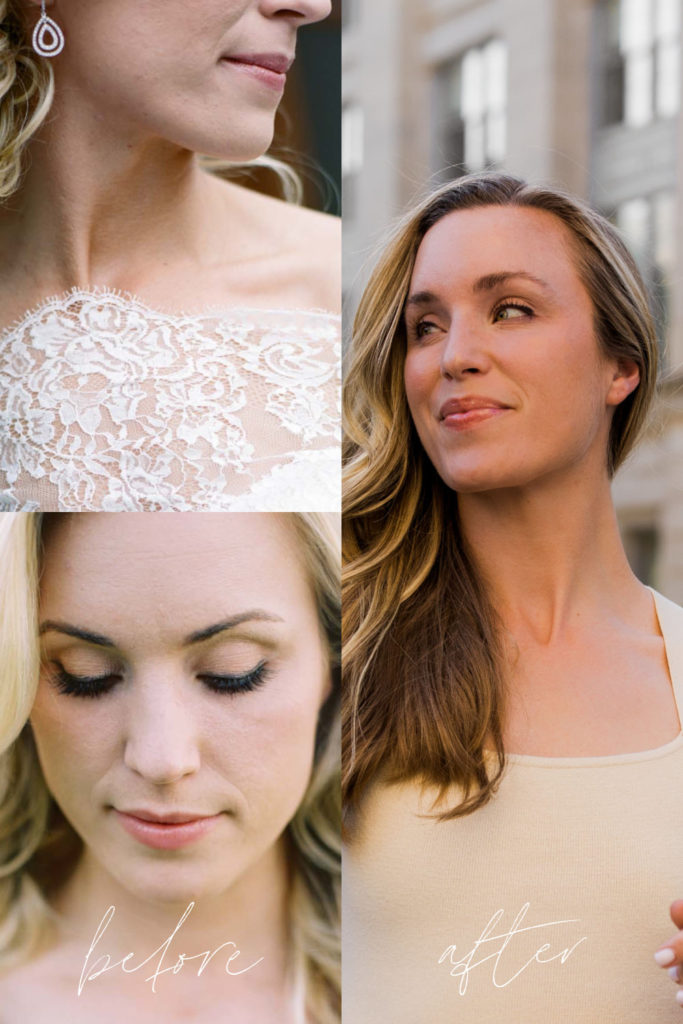
1. Invest in Medical-Grade Products
If you’re struggling with acne, run-of-the-mill products may not cut it. My #1 clear skin tip is to invest in quality products created by MDs. Great products, though not cheap, will eliminate breakouts, unclog your pores, and minimize surface oil fast. The Zo Skin Health line changed my life, but I also recommend Obagi, Neocutis, PCA Skin, Dr. Dennis Gross, and Revision. Dermstore has an entire section dedicated to skin products for acne. Don’t forget to shop for an at-home chemical peel to further enhance your skincare routine and tackle stubborn acne concerns.
2. Use a Cleansing Brush
Every skin care professional I’ve ever seen has used a cleaning brush on my face before the start of a treatment. I recommend this brush with a gentle, sudsy cleanser.
3. Try Microneedling
Microneedling is a skin treatment in which small device is used to finely puncture the skin (you’re numb!) so that the skin is triggered to create new collagen. It’s amazing for scars, skin tone, and fine lines. I 100% believe it also helps clear existing acne by helping the skin turn over. I did three microneedle sessions in 2017 and it was a HUGE turning point in my skin’s clarity. You can also combine it with other treatments such as PRP treatment in Greenville, SC or a DiamondGlow facial treatment for better results. If you’re interested in learning more, I shared a microneedling Q&A. Or, you can consult experts like this med spa in Fort Myers, FL.
4. Don’t Pick or Poke
Confession: I love picking and poking at blackheads. I know, it’s gross…sometimes I’m like, “Why didn’t I become an aesthetician?” That being said, I don’t do it—ever (okay, like 95% of the time). The area only gets more inflamed if you touch it. Instead, channel the energy into a spot treatment.
5. Limit Stress
I believe stress played a significant role in exacerbating my acne during my mid-20s. Graduating from college, relocating, embarking on a new job, moving again, getting engaged, planning a wedding, and tying the knot—all within 24 months—was quite overwhelming. The constant hustle took a toll on my skin, and my anxiety levels soared. To combat this, it’s essential to incorporate calming practices into your routine. Whether it’s practicing mindfulness, ensuring adequate sleep, or allowing yourself leisure and fun time, finding ways to stay cortisol-free is crucial. For those exploring alternative relaxation methods, you might even consider options to buy weed online as part of your wellness strategy. Remember, being kind to yourself is a key component of maintaining healthy skin and overall well-being.
6. Pay Attention to What You Eat
I’m not going to say much about this because there are so many mixed messages about skin and food, but I’ll tell you is what worked for me. I took a food sensitivity test, which showed that I was in the 99th percentile on reactivity to dairy, whey, almonds, and certain veggies. Once I cut those out, I noticed a difference in my acne. When I hydrate (90+ ounces daily), I also notice a positive change. If you want more food-related tips, click here or consult experts about meal plans in Richardson, TX.
7. Clean These Weekly
Bacteria buildup sits on your cell phone, pillowcase, and makeup brushes, so you’ve gotta clean ‘em. I started by setting a reminder on my phone every Sunday afternoon to clean all three. I use this brush cleanser and this screen cleaner.
8. Let Your Skin Breath
Once I learned that my acne was the result of an overabundance of dead skin cells, oil, and dirt clogging up hair follicles, I really pulled back on the facial makeup. Going makeup free helped clear things up, and honestly, I didn’t feel any more confident with layers of BB Cream or concealer over the bumps anyway. If you’re nervous to go cold turkey, look for oil-free, mineral, or non-comedogenic products.
9. Keep Up with Treatments
There are two paths once your skin is clear: maintain your routine at home and go see an aesthetician for flare ups, or maintain your routine at home and keep seeing an expert, preferably one that has attended conferences such as a SCALE conference, for improvements in other areas (tightness, texture, discoloration, etc.). There’s no right or wrong way, it just depends on your budget, time, and priorities. I recommend going at least once annually to make sure everything’s in check. For those interested in exploring advanced skincare solutions, it’s also worthwhile to check out treatments like an acne treatment – Vibrant Dermatology.
How to Get Clear Skin: My Story
I started struggling with cystic acne in my teens and it continued into my 20s. Cystic acne is, in my opinion, the worst kind. It’s not like a short-lived pimple that makes an appearance around your cycle—these bumps are under the surface, red, inflamed, and painful. They make your skin look bumpy and porous no matter how much makeup you apply.
I tried things in high school and college (ProActive, toothpaste spot treatments, green clay face mask, looking at you), but nothing worked. When I got my first full-time job, I decided to nip it in the bud. That meant hours researching, expensive products from Ulta and Sephora, and the occasional acne facial. I saw small improvements but no consistent change, which was extremely disheartening.
When David and I got engaged, I went all in on the professional route in hopes of having clear skin by our wedding. I started seeing someone monthly for extractions, peels, and anti-acne treatments. To be honest, I had no idea what she was doing—I just asked for her to rid of blemishes as fast as possible. Reflecting back, it was a hodgepodge of products, treatments, and masks…but no real long-term plan to give me lasting results.
Fast forward to our wedding—my skin was better but not clear. I remember the makeup artist covering up two large, tender spots on my cheek and jaw line in the bridal suite. I tried not to think about it because it’s your wedding day and it’s supposed to be one of the best days of your life (it was) and there’s nothing you can do about it at that point. But I was disappointed. For all the joy and celebration and love and excitement I felt, there was also a little ripple of self-consciousness. Don’t get me wrong. Marrying David was one of the best days of my life! I only share this as an example of how skin can affect your confidence and your willingness to get out there and be yourself.
We moved back to North Carolina about a year later, and in wanting to keep up with my professional treatments, I found a dermatologist like this Dermatologist in Queens, NY. Their aesthetician recommended a set of medical-grade, anti-acne products and an anti-acne facial and treatment like AviClear in El Paso, TX with extractions followed by a series of three RF microneedling treatments combined with dermaplaning in Bay City, MI. I am 1,000% sure that this was the turning point on my road to acne-free skin.
The results weren’t instant, but they were consistent. I compare it to a fitness plan; I noticed small improvements week after week. I didn’t just wake up one morning without acne. Over time, the acne breakouts became less frequent, then less painful, and then only around my cycle. After months on a consistent routine of products and treatments, the breakouts and bumps were gone.
Nearly four years later (my first appointment with Azura was in August 2017), I’m still on almost the same home skin care routine, hardly ever struggle with breakouts (1-2x/year and not cystic), and am in a maintenance phase with professional treatments.
Anti-Acne/Cystic Acne Q&A
How much do you spend on your skin care routine?
One of the most common questions I get in my DMs is, “How much is all this costing?” There’s a lot of mystery around skin care costs, and I used to have the same fears/questions (Can I afford it? Will spending this much money really get me results?).
A big part of affording skin care is prioritizing it in your budget. I won’t pretend like I don’t set aside quite a bit for skin care—but I’ve chosen it over other beauty expenses (designer makeup refills every month, microblading, regular hair coloring, waxing, the list goes on).
To me, there’s no better feeling than having clear, makeup free skin. Plus, our skin is with us forever, so might as well take care of it. This might not be your path, and that’s okay! You do you.
How much do the skin treatments you get cost?
Here’s a breakdown of how much the treatments I’ve gotten cost per session. These are often packaged for savings:
- Traditional Microneedling: $300-400/session
- BBL (Broad Band Light) Laser: $400-600/session
- Vivace Microneedling: $700-800/session
Did you/do you have any melasma?
No, I’ve never struggled with it. From what I understand, the BBL laser can help with this, but definitely talk to your provider first!
Before/after photos if you’re comfortable sharing 🙂
I have searched high and low for before and afters, but I honestly have so few because I was incredibly self-conscious when my acne was at its worst. Also, my acne was cystic, meaning that it was under the skin and sometimes didn’t show up in photographs, especially with the old iPhones. I found a few below that may help paint a picture!
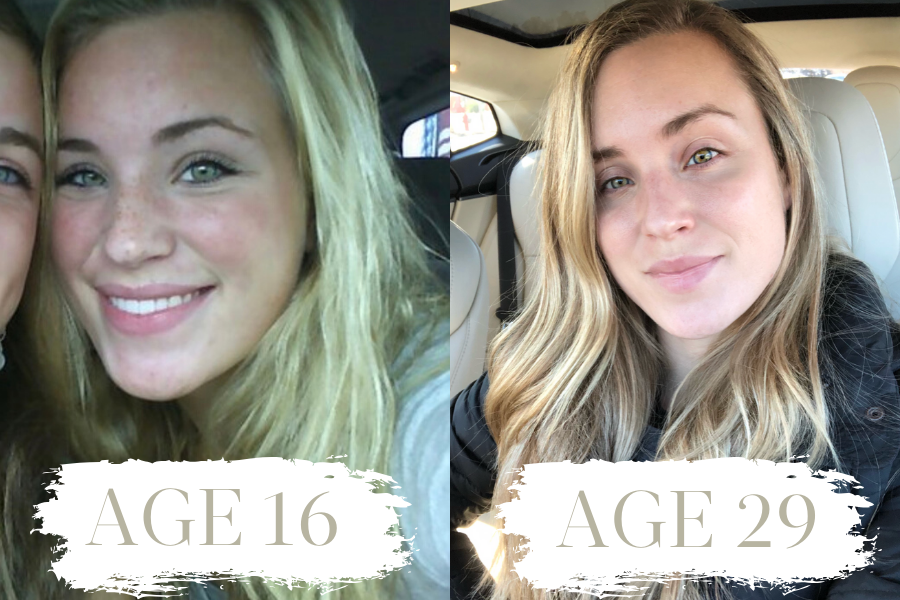
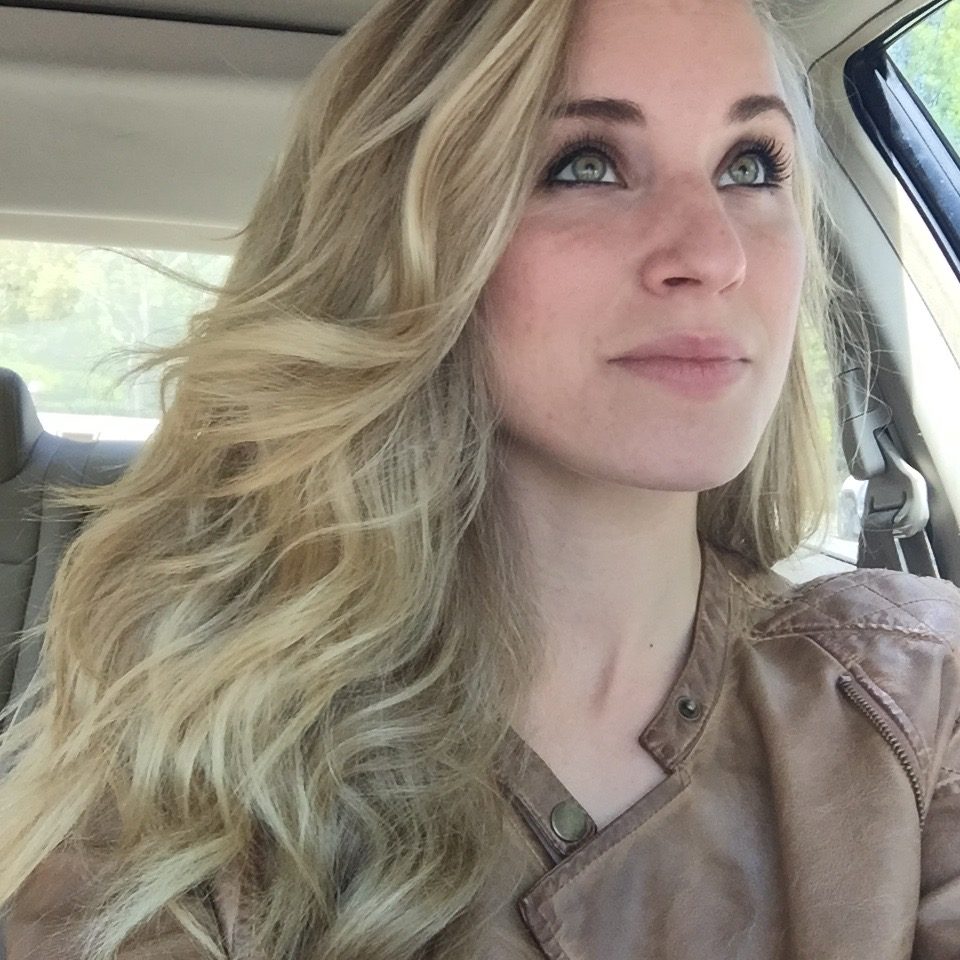
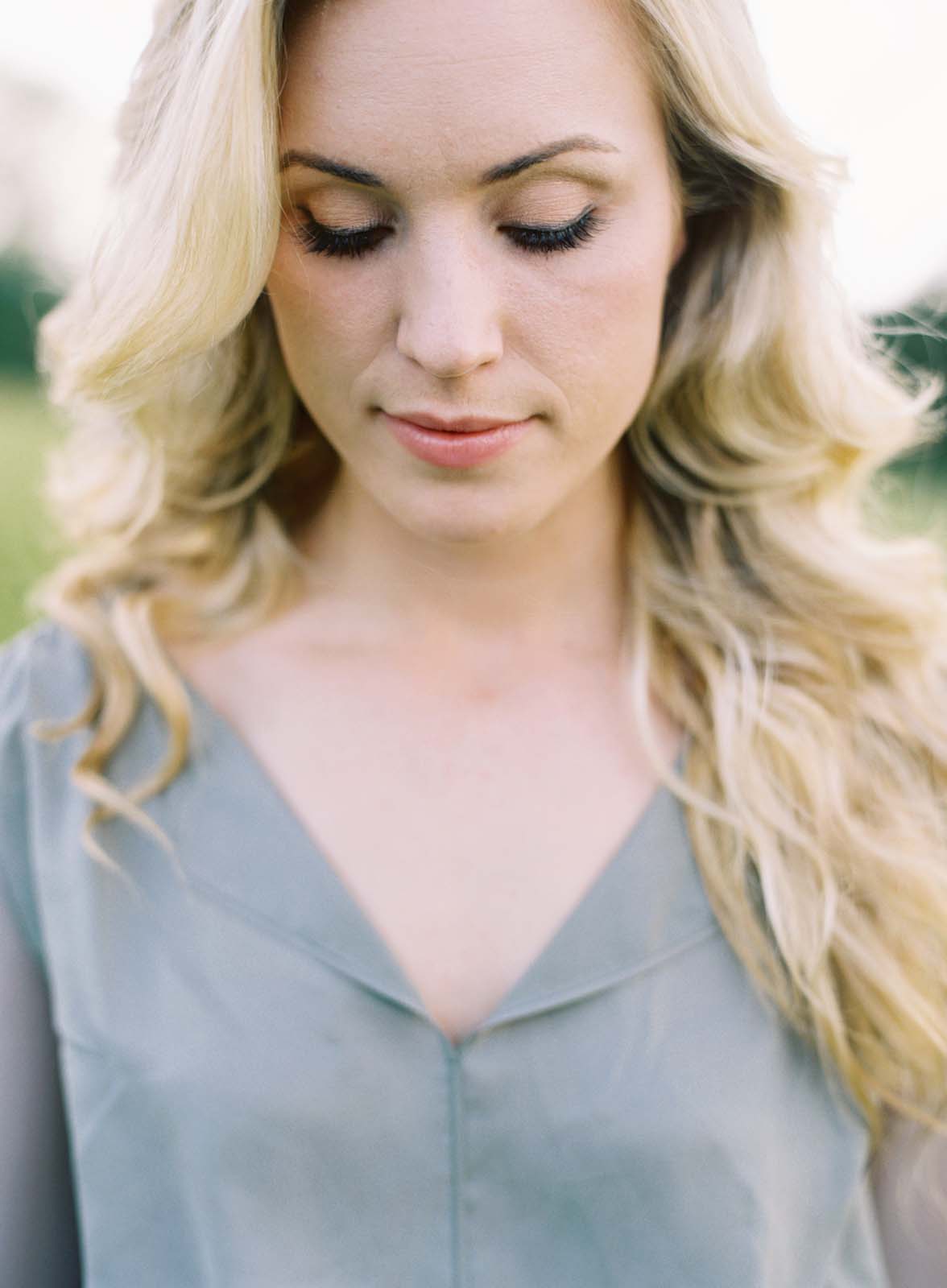
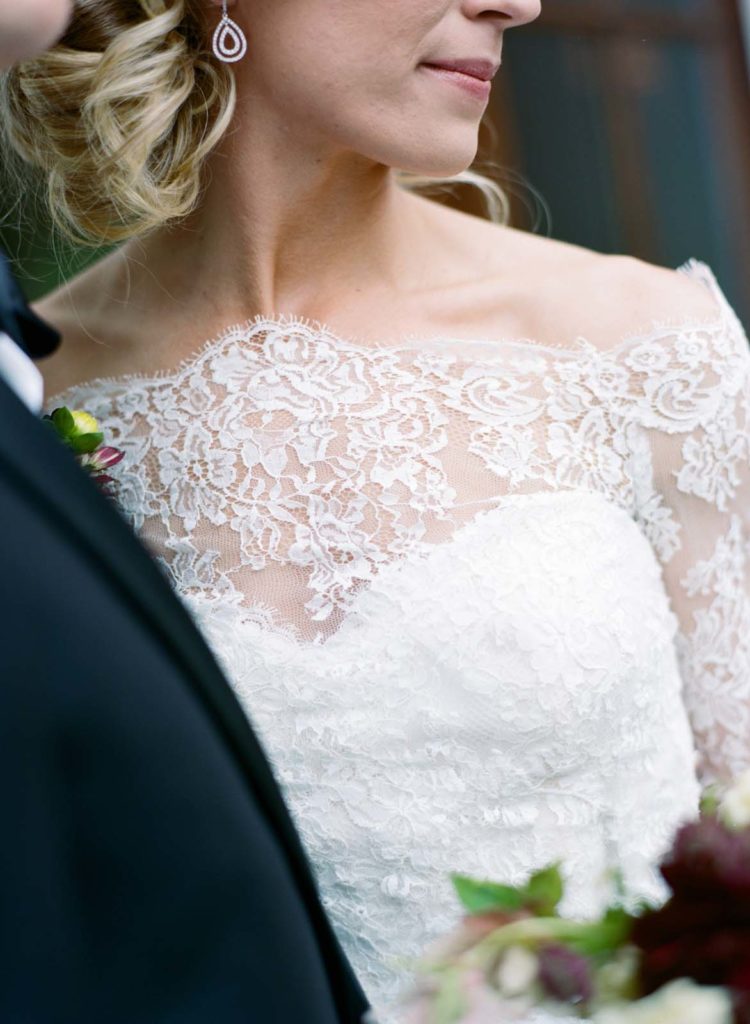
Daily upkeep/maintenance?
I stick with my AM/PM skincare routine every single day, even if I’m tired! My current at-home routine and skincare products are:
AM: Gentle facewash with lukewarm water, anti-acne toner pads for oily skin, growth factor serum, eye cream, hydrating moisturizer with antioxidants, vitamin c serum (for sun damage correction and prevention), broad-spectrum sunscreen (30 SPF or higher).
PM: Same mild cleanser with warm water, gentle toner, growth factor serum, eye cream, hydrating lotion, retinol (most nights, depending on what my skin needs; I skip if I’m experiencing dry skin).
I also exfoliate 2-3 times with this exfoliant. Exfoliating with a chemical (the pads I mentioned above) and physical product is amazing for acne-prone skin. Exfoliation keeps your natural oils at bay, gets rid of dead skin cells (clogging!), slows sebum production, tightens the pores, and helps with skin texture issues.
Ingredients to look for and when to use them?
For acne, salicylic acid. Benzoyl peroxide can help too, but it’s very drying. Glycolic acid and mandelic acid are also amazing for helping the skin turn over to reduce post-acne marks and redness. I use my Zo Skin Oil Control Pads 1-2x/day (morning and night).
Retinoids (retinol) can help prevent clogged pores and help your acne treatments (pads, spot treatments, etc.) absorb into the skin better. I use this only at night.
Where do you get your microneedling done?
I go to Azura Skin Care for everything! Their team is amazing. I see Hope for all my skin care needs.
How can I get clear skin fast?
When it comes to cystic acne, the fastest route is a consistent routine and lifestyle changes. If you’re talking about a zit or a small breakout of whiteheads, I use these pads, this spot treatment, and my retinol, and the spot is usually gone within 3-7 days.
Is there a way to clear my skin naturally?
If you don’t want to pursue the professional route or have a limited budget, lifestyle changes like getting plenty of sleep, drinking 90-120 ounces of water per day, avoiding foods you think you may be reactive to, eating whole foods, and reducing stress may move the needle for you!
Have you ever seen a dermatologist for your skin?
I did in high school, but I feel that dermatologists are quick to prescribe medicine and topicals rather than really addressing the root of the issue. Most (or many) don’t believe that food intake affects your skin, and I think the Zo Skin Health approach is different from what the vast majority of derms have been taught in their dermatology specialization. It just wasn’t the route I took.
Shop My Clear Skin Routine




what did you use for spot treatment?
Hi Holly! That’s a great question! To be honest, I don’t 100% remember what I used at the time. I probably rotated between a few different products. Everything from toothpaste (it’s very drying) to over the counter benzoyl peroxide products. Right now I have (and recommend) the Zo Skin Health Acne Control spot treatment. Their products are expensive but they’re the most effective I’ve ever used. You can find it here: https://zoskinhealth.com/collections/acne/products/acne-control?variant=31618269020275